1. Animals Are Often Taken from the Wild
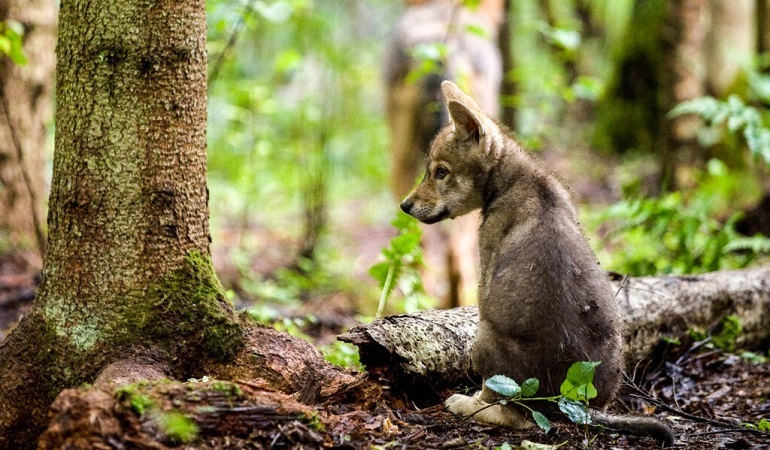
World Animal Foundation
While wildlife tourism may seem like a great opportunity to see animals in their natural environment, many of these animals are taken from the wild. This is especially true in cases involving exotic species like elephants, tigers, and orangutans. They are often captured or bred in captivity for the express purpose of attracting tourists. The fact is, many of these animals were never meant to live in captivity, and removing them from their natural habitats can lead to trauma, health issues, and a life in confinement that’s far removed from what nature intended.
2. Cruel Training Practices for Entertainment
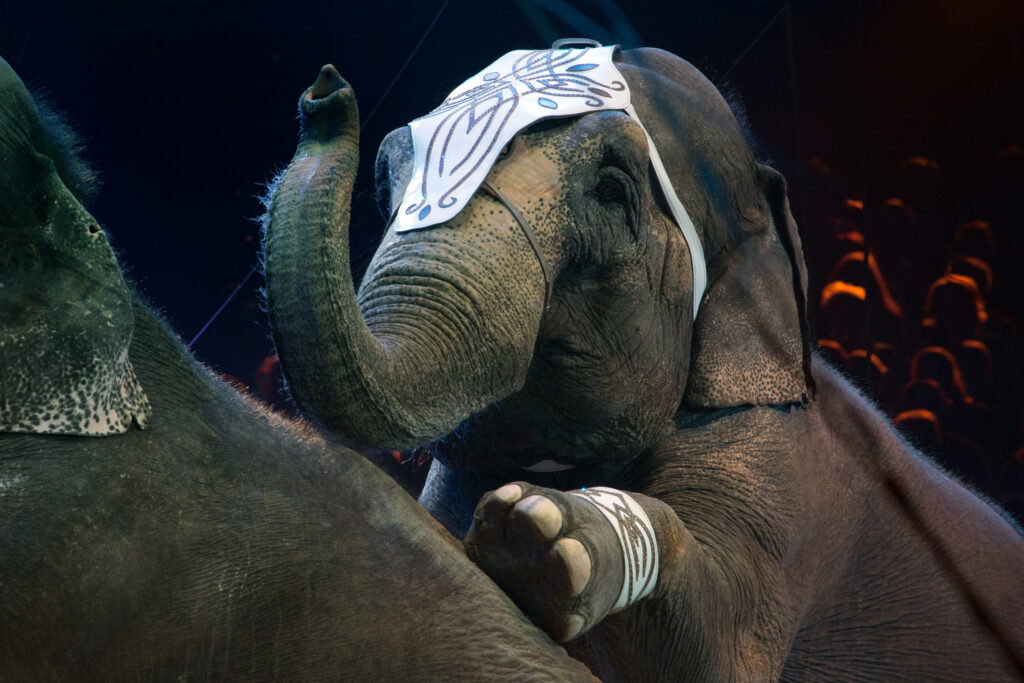
iStock/Andrea Izzotti
If you’ve ever seen a photo of an elephant riding a carousel or a tiger jumping through hoops, you may be aware that many of these activities are the result of brutal training practices. In order to get animals to perform on command, trainers often use physical punishment, deprivation, and fear. The public often sees only the flashy performances, but behind the scenes, the animals can suffer severe psychological and physical abuse. This isn’t just unethical; it’s damaging to the animals’ well-being in ways that can be hard to undo.
3. Tourism Can Disturb Animal Behavior
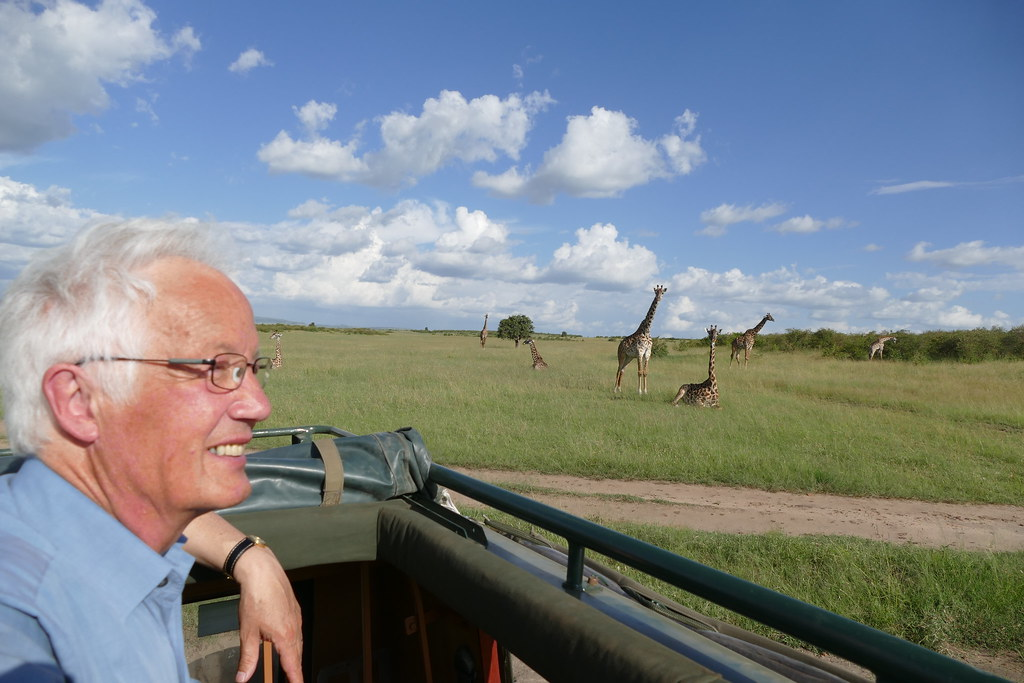
Flickr
Tourists are often unaware that their mere presence can have a disruptive impact on the animals they’re observing. The constant noise, crowds, and human interference can alter animal behavior, making them more stressed, aggressive, or withdrawn. For example, when wildlife is used to human interaction, it can lose its fear of people, which makes it more vulnerable to poaching or accidents. Wildlife tourism can also interfere with natural behaviors like migration or feeding patterns, leaving animals less equipped to survive in the wild when they eventually return to it.
4. The Dangers of “Petting” Wild Animals
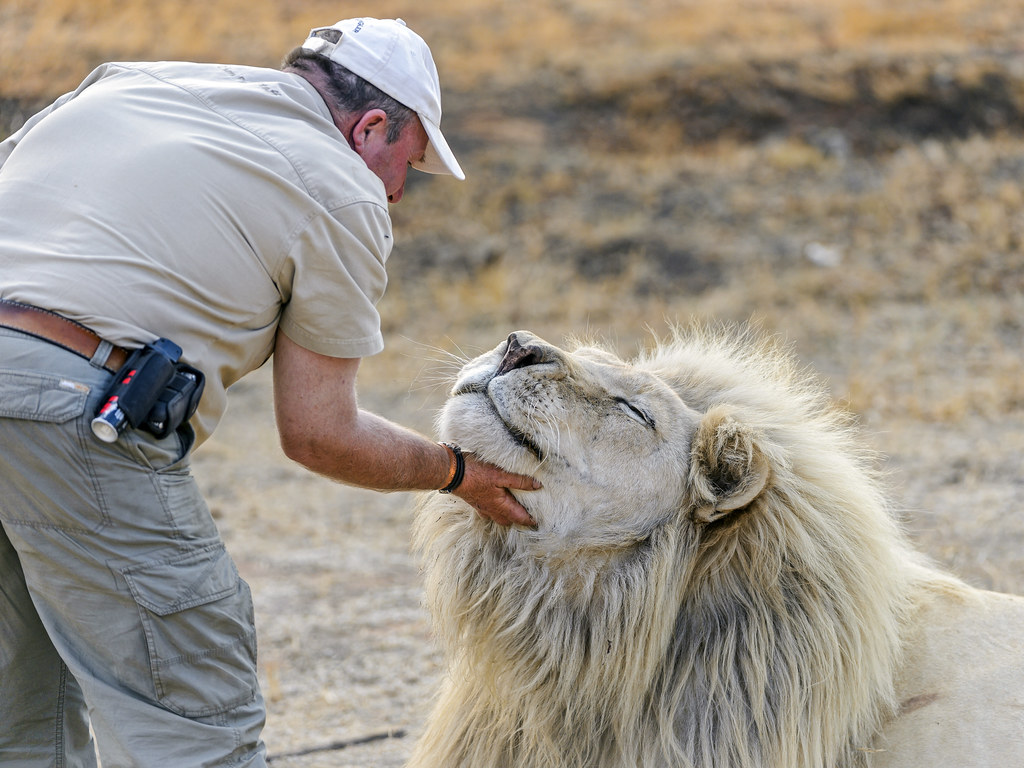
Flickr
It’s tempting to think that cuddling a baby tiger or hugging a monkey might be harmless fun, but the reality is much darker. Many of these animals are removed from their mothers at a young age to be handled by tourists. What’s worse, they are often drugged or restrained to make them “tame” enough for human interaction. While the idea of petting a wild animal might seem innocent, it’s a deeply unethical practice that harms both the animal and the broader ecosystem. Additionally, as they grow, these once-cuddly creatures become more dangerous, leading to their eventual neglect or abandonment.
5. Captivity Alters the Animal’s Health
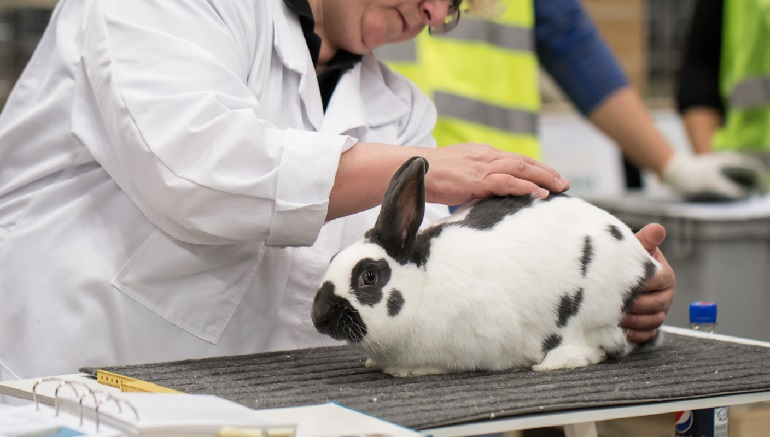
World Animal Foundation
Wildlife tourism often requires animals to live in captivity for the benefit of human entertainment. This environment is rarely suitable for their needs, whether physical, mental, or emotional. Captive animals often face cramped living conditions, lack of mental stimulation, and insufficient social interaction, all of which lead to deteriorating health. Elephants, for example, are highly social and need vast spaces to roam, but in captivity, they can develop arthritis, stress, and depression. The toll captivity takes on their health is severe and can significantly shorten their lifespan.
6. Poorly Managed Sanctuaries Can Be Harmful
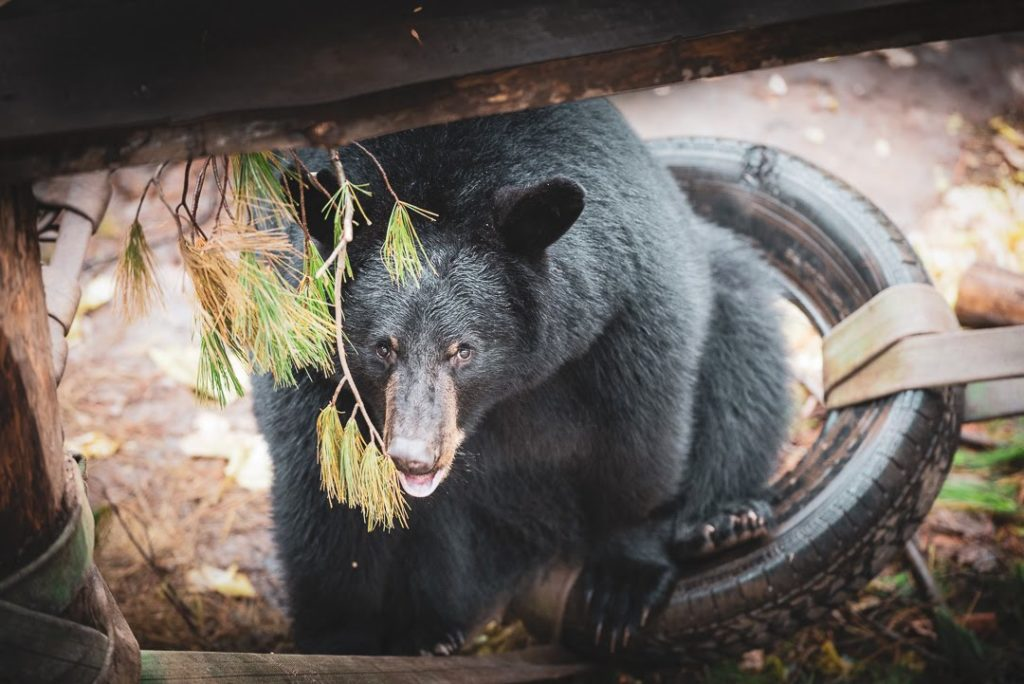
Sue’s Outdoor Crew
Not all wildlife sanctuaries are created equal. While some genuinely aim to rescue and rehabilitate animals, others operate more as tourist attractions than as facilities focused on animal welfare. In many cases, these so-called sanctuaries don’t provide the level of care that animals need to heal and live healthy lives. These places often fail to provide a true natural environment, and the animals are frequently kept in small enclosures or forced to interact with tourists for photo opportunities. So before you book that “sanctuary” visit, make sure to do your research to avoid supporting places that just exploit animals under the guise of rescue.
7. Exotic Animal Tourism Fuels the Illegal Wildlife Trade
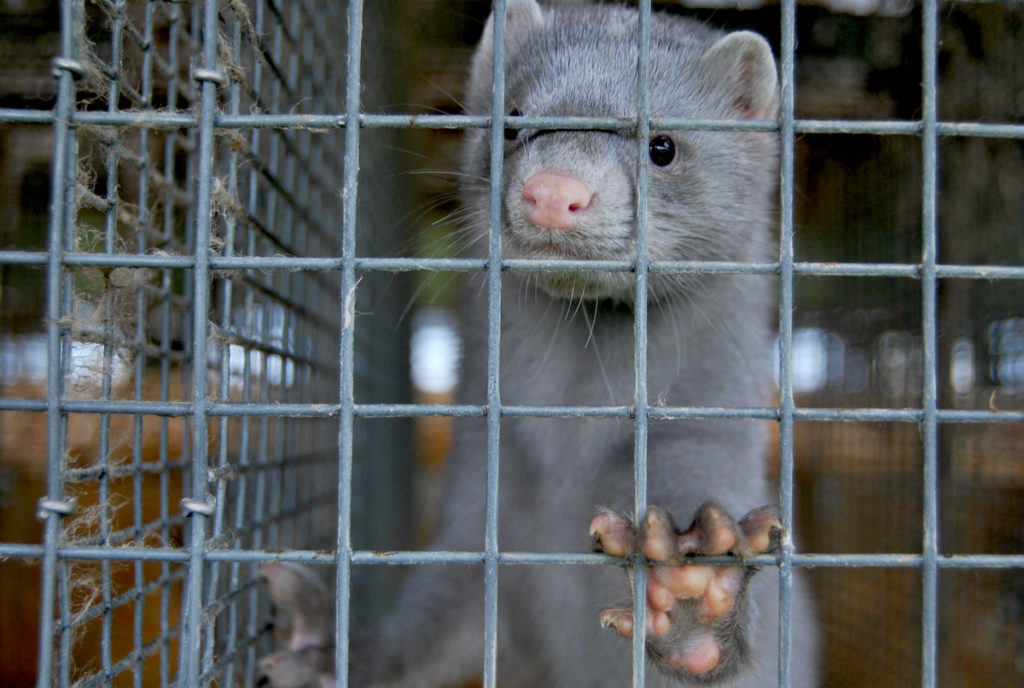
Animal Wellness Action
A shocking but undeniable truth is that wildlife tourism plays a significant role in fueling the illegal wildlife trade. Many of the animals that are offered as tourist attractions come from poaching and illegal trafficking operations. Whether it’s the illegal sale of exotic birds or the capture of endangered tigers, the demand for these animals in tourist settings is directly linked to poaching. Every ticket you buy to a “cultural” experience that involves animals can inadvertently be contributing to the vicious cycle of trafficking and exploitation.
8. Most Animal Experiences Are Not Ethical

World Animal Foundation
You may think you’re doing something good by visiting a wildlife sanctuary, participating in a wildlife tour, or snapping a photo with an animal. But here’s the cold truth: Most animal experiences are not ethical. A recent study showed that around 75% of animal tourist attractions involve animals that are mistreated or exploited in some way. This could mean animals living in unsuitable environments, enduring unnatural behaviors, or being subjected to cruelty behind the scenes. When you sign up for these experiences, you are often unknowingly supporting unethical practices.
9. The Impact on Wild Populations
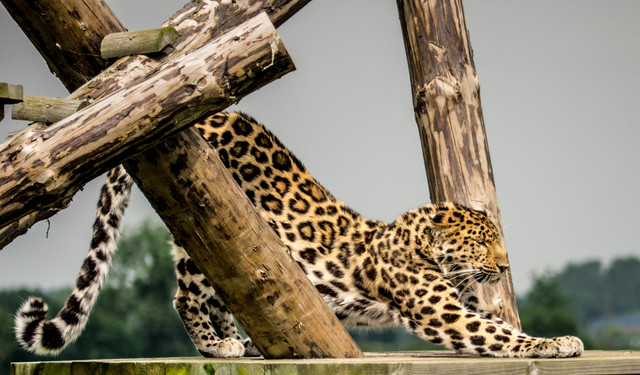
World Animal Foundation
Tourism can have a lasting impact on wild animal populations. Overcrowding in certain regions can lead to habitat degradation, affecting the very animals tourists are hoping to see. For instance, too many tourists in a single area can destroy vegetation, pollute water sources, and damage natural landscapes, which in turn harms the local wildlife. In the worst cases, wildlife populations can become so disrupted by the presence of humans that they start to decline or face threats to their survival. All of this can make conservation efforts even more difficult and complicated.
10. Animals Are Often Forced to Perform for Profit
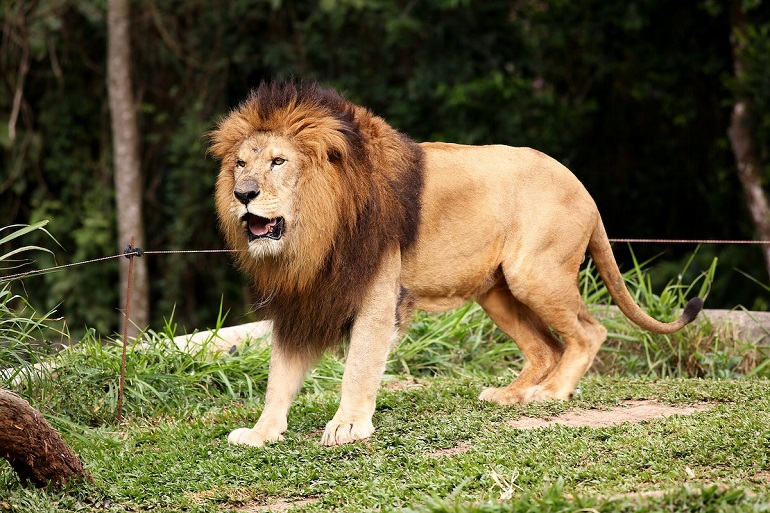
World Animal Foundation
In some wildlife tourism settings, animals are put through extreme performances for the entertainment of paying tourists. This might include circuses, zoo shows, or dolphin “swims,” where animals are trained to perform unnatural tricks. Behind the scenes, animals are often mistreated to ensure they follow commands, and this can result in long-term psychological trauma. The business side of wildlife tourism can prioritize profit over animal welfare, leading to situations where animals are overworked or kept in environments that severely limit their quality of life.
11. Wildlife Tourism Can Disturb Natural Ecosystems
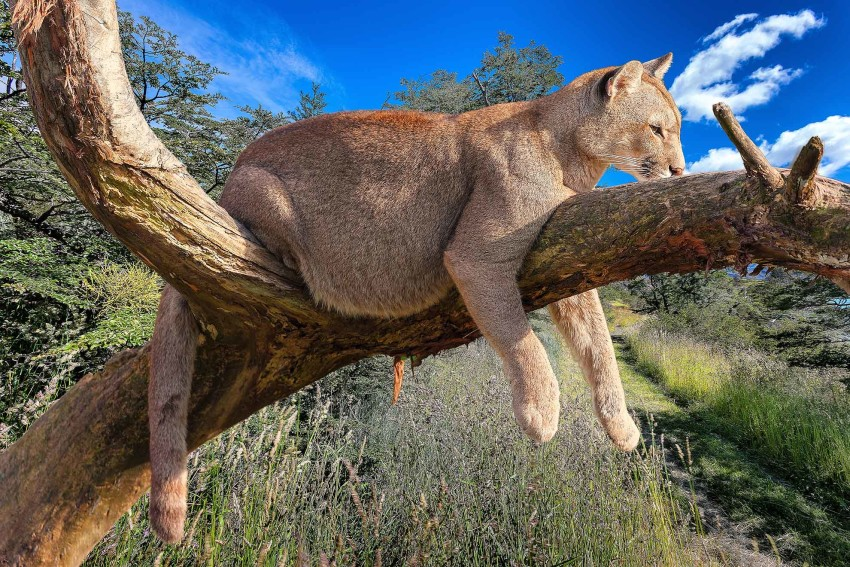
Travel Research Online
While the intention behind wildlife tourism is often to educate people about animals and their ecosystems, the reality is that many tourist activities disturb these very ecosystems. For example, feeding animals to encourage them to approach humans can disrupt natural food chains and lead to dependence on human-provided food. Similarly, trampling through sensitive habitats or leaving waste behind can pollute or damage the environments these animals rely on for survival. This is particularly concerning in fragile ecosystems where even small changes can have long-lasting effects.
12. Many Tourists Don’t Understand Animal Behavior
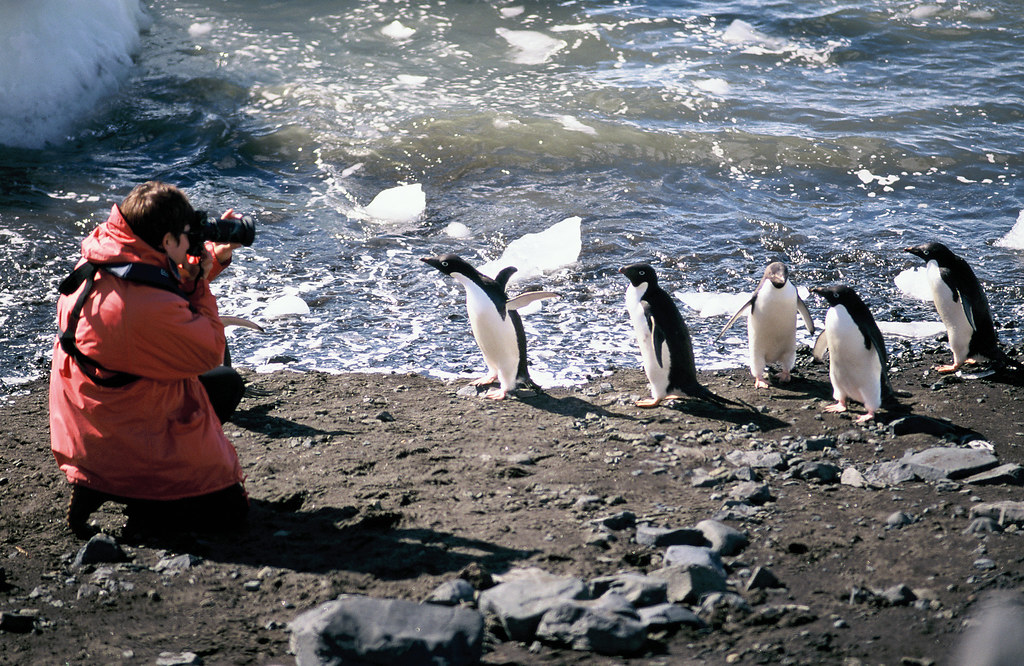
Flickr
The excitement of seeing wild animals often leads tourists to overlook their basic understanding of animal behavior. Approaching an animal in the wild or even in captivity can stress the animal, making it act aggressively or act out in ways that might not be immediately obvious. Most tourists are unaware that animals have natural boundaries, and disrupting those boundaries can lead to fights, injury, or the disruption of social structures. Wild animals are not “tourist-friendly,” and forcing interactions, no matter how innocent they seem, can cause real harm.
13. The Economic Impact on Local Communities Isn’t Always Positive

Flickr
One of the main selling points of wildlife tourism is that it helps support local communities and economies. While tourism can indeed provide an economic boost, the profits from wildlife tourism often don’t make it to the local people. Many wildlife tourism operations are run by large corporations or foreign investors, with little of the revenue reaching the communities that host the attractions. Furthermore, when wildlife tourism is poorly managed, it can lead to economic instability by over-relying on a single industry or damaging the environment on which the local people depend.
14. There’s No Real “Sustainable” Wildlife Tourism
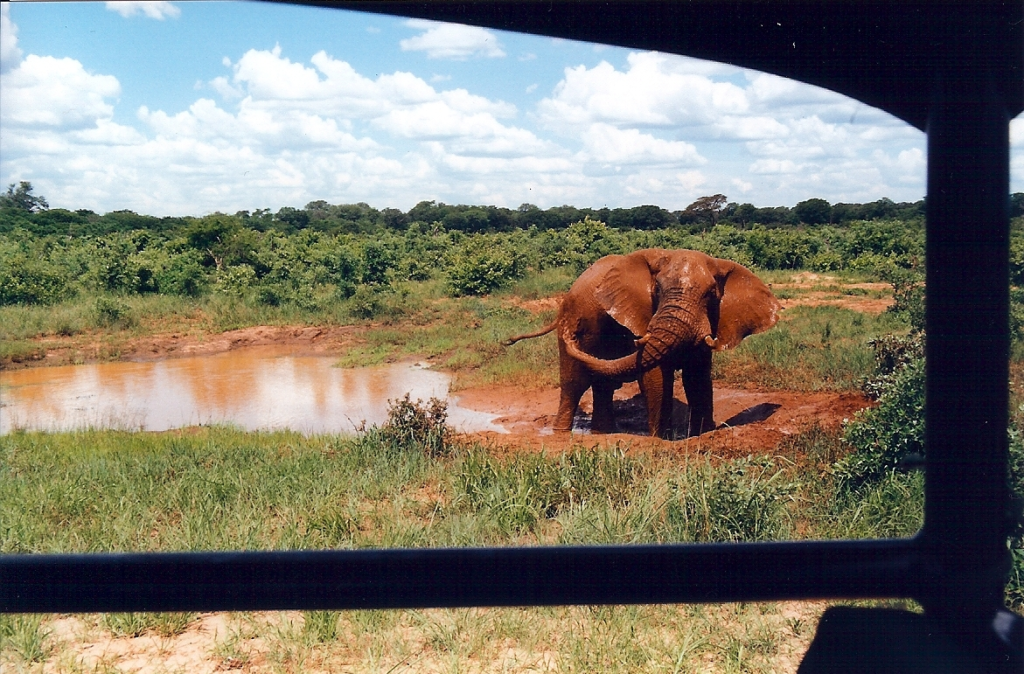
Wikimedia Commons
Sustainability is a buzzword in the travel industry, but when it comes to wildlife tourism, it’s more myth than reality. There are no truly sustainable ways to keep wild animals in captivity for tourism purposes. No matter how many green initiatives a company claims to have, the underlying truth is that wildlife tourism is inherently exploitative. Whether it’s through forced performances, captive breeding, or habitat disruption, the very nature of wildlife tourism contradicts the principles of sustainability and conservation. If you truly care about animals, the best way to support them is by respecting their natural habitats and supporting efforts to protect them in the wild.
Before you book your next wildlife tourism experience, consider these truths and make sure you’re not contributing to the exploitation of animals. The most ethical choice might just be to leave them in their natural habitats, where they belong.


